The Morning That Changed Everything
It starts with a sound every Singaporean knows: the soft thud of humidity settling in.
The city is awake, the air thick, and even the most careful blow-dry begins to swell by the time you reach the MRT.
But not today.
In a quiet corner of an Orchard salon, a client named Aria runs her fingers through her hair—smooth, weightless, and astonishingly real.
She laughs. “It’s like my hair still remembers being straight—but this time it’s mine.”
What she’s feeling isn’t magic.
It’s Keratin 3.0—a leap in hair science that’s rewriting everything we thought we knew about smoothness.

From Heat and Haze to Intelligence and Repair
For years, keratin treatments promised perfect hair.
They delivered—at a cost. Heavy films, pungent fumes, fragile ends.
The first generation used aggressive aldehydes to lock cuticles flat.
The second, “formaldehyde-free,” replaced one chemical with another.
Results looked good on Instagram, but the science never truly evolved.
Now, behind the glass walls of research labs in Tokyo and Milan, chemists are taking a different approach:
they’re engineering keratin from scratch—protein by protein—until it behaves like natural hair’s own defence system.
The Science, Simplified
1. Recombinant Keratin: Printing Perfection
Imagine 3D-printing a strand of hair protein.
That’s what scientists are doing with recombinant keratin.
Instead of breaking down wool or feathers, they build human-identical keratin inside yeast cells.
The result: pure, consistent protein that mirrors the exact amino sequence in healthy hair.
When applied, these lab-made molecules bond precisely where real keratin has broken away—like replacing a missing puzzle piece, not gluing over the surface.
The result is strength that feels natural, not coated.
2. Peptide Fusion Polymers: Tiny Architects
Inside every strand lies a fragile spiral called the α-helix—the backbone of hair strength.
Over time, colour, heat, and UV flatten those spirals, leaving hair limp and frizzy.
Keratin 3.0 formulas use peptide fusion polymers—short protein chains that recognise those weak spots and rebuild the spirals from within.
Think of them as nanoscopic architects: they enter, reinforce, and leave behind a stronger, more elastic structure.
What clients feel is the difference between hair that looks straight and hair that behaves strong.
3. Bond-Builder Hybrids: Two Services Become One
In the past, salons did smoothing first, then bond-repair later.
Keratin 3.0 merges them.
By adding maleate or succinate molecules—the same ones found in premium “plex” systems—into the peptide base, the formula repairs internal bridges while sealing the outer layer.
It’s faster, safer, and longer-lasting because both processes support each other.
Hair doesn’t just shine; it flexes without snapping.
4. Low-Heat Activation: Plasma, Not Punishment
Remember the 230 °C flat-iron rule?
That’s history.
Some of the newest prototypes use cold plasma—ionised air that activates proteins below 150 °C.
No smoke, no odour, no scorched ends.
It’s as gentle as skincare but powerful enough to lock in months of humidity resistance.
Aria’s Story — A Week Later
Seven days after her treatment, Aria is in a boardroom. The air-con hums, the humidity outside is unforgiving, and she hasn’t touched her straightener once.
Her colleagues notice. “Your hair still looks styled,” one says.
She smiles. “It just… behaves.”
The secret isn’t straightness; it’s memory.
Keratin 3.0 doesn’t fight nature—it trains hair to remember its healthiest shape, so even when exposed to moisture, it rebounds instead of frizzing.
Humidity, the Unseen Villain
In Singapore’s 80-to-90 % humidity, hydrogen bonds in hair break constantly.
That’s why a perfect blow-dry collapses in minutes.
Keratin 3.0 addresses that with adaptive lipid shields—plant-based molecules that expand and contract depending on moisture levels.
When the air is damp, they tighten; when it’s dry, they relax.
Your hair breathes, but it stays disciplined.
It’s a smart umbrella rather than a plastic raincoat.
What This Means for Real Life
Less blow-dry time.
Clients report cutting styling by 30–40 %.
More colour stability.
Because the pH stays balanced, dyes and toners fade more slowly.
Longevity without buildup.
Results hold for four to six months, yet the hair remains soft enough for another colour service.
Safety.
No formaldehyde, no hidden aldehydes, no heavy fumes.
Stylists breathe easier; clients leave without that tell-tale sting in their eyes.
Meet the New Hair Philosophy
Keratin 3.0 isn’t about control; it’s about cooperation.
It works with your texture, not against it.
For curly hair, it defines instead of erases.
For fine hair, it adds body instead of flattening.
For thick, unruly hair, it replaces endless heat styling with quiet confidence.
The result looks like you—just better rested.
Realism Still Matters
No formula can override biology.
Sun, saltwater, and harsh shampoo can still erode results.
Keratin 3.0 lasts longest on hair that’s treated kindly: low-sulfate cleansing, cool water, silk pillowcases.
And while it can coexist with colouring, professionals recommend colour first, keratin second.
That order seals pigments rather than stripping them.
Behind the Research Curtain
Several cosmetic-science teams have released findings that help explain the next wave of keratin innovation:
Carvalho et al., 2025 – A peer-reviewed study on peptide-keratin interactions reported that bio-inspired fusion peptides improved the mechanical and thermal properties of bleached hair fibres in laboratory testing, suggesting genuine internal repair potential rather than surface coating.
(Source: Cell Reports Physical Science, 2025)
Recent 2024 recombinant-protein research – Scientists have successfully produced recombinant human hair keratin using engineered microbial systems. These lab-grown proteins replicate the amino-acid sequence of native keratin and are being explored for more uniform bonding and vegan, allergen-free applications.
(Source: Wiley Online Library, 2024)
Emerging plasma technologies – Early studies on cold-plasma and plasma-activated water treatments indicate they may allow lower-temperature surface modification of hair fibres, helping seal cuticles with less heat stress. Consumer-ready systems are still in development, but the research direction is promising.
(Sources: MDPI 2025; J. Phys. D: Applied Physics 2024)
In simpler terms: the future formula is smaller, smarter, and kinder—moving from cosmetic coating toward true bio-engineered reconstruction.
The Emotional Shift
What makes this evolution remarkable isn’t just the chemistry—it’s the psychology.
A decade ago, keratin was about perfection: straight, shiny, identical strands.
Today, it’s about freedom: air-drying, natural movement, weatherproof confidence.
Hair is no longer a daily battle; it’s a partnership with technology.
Five Smart Questions to Ask Before Booking
-
What’s the active protein source?
Look for recombinant or peptide-based keratin, not animal-derived. -
Does the treatment repair or just smooth?
Ask if it includes bond-building components. -
What’s the heat threshold?
Anything effective under 200 °C signals modern chemistry. -
Will my texture be customised?
True Keratin 3.0 allows curl-preserving or full-smooth settings. -
Is it compatible with colour or bleach?
The answer should always include pH balancing and a post-service care plan.
The Verdict — A New Relationship with Hair
Keratin 3.0 marks a quiet revolution.
It doesn’t chase trend buzzwords like “glass hair” or “liquid shine.”
It simply makes hair stronger, smoother, and more honest.
For clients, that means walking through tropical humidity without panic.
For stylists, it means working with cleaner air and more predictable results.
And for the industry, it signals a return to integrity—beauty built on science, not slogans.
The next time you run your fingers through perfectly smooth hair that still feels alive, you’ll know:
the future of keratin isn’t coating your strands.
It’s collaborating with them.


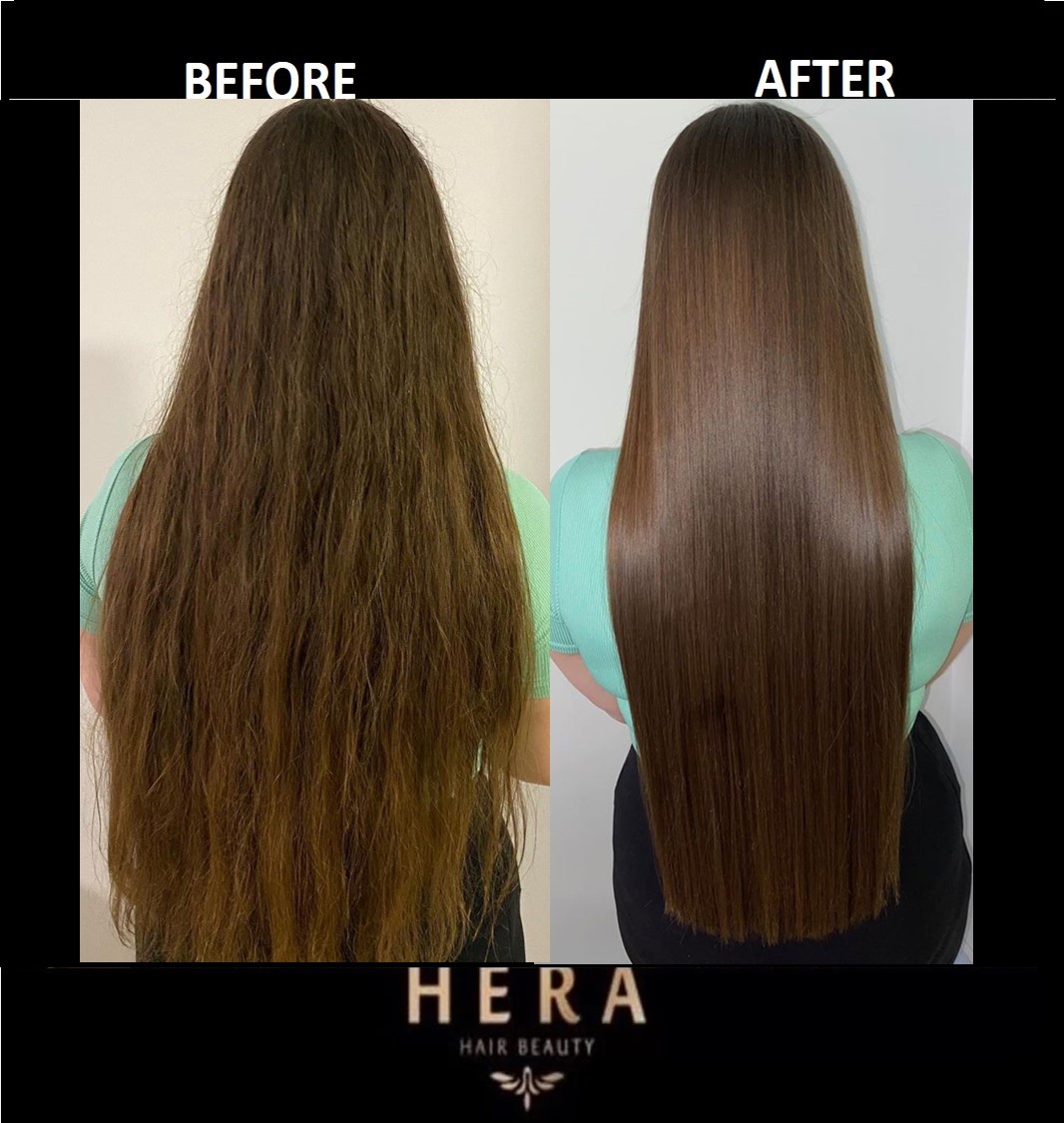
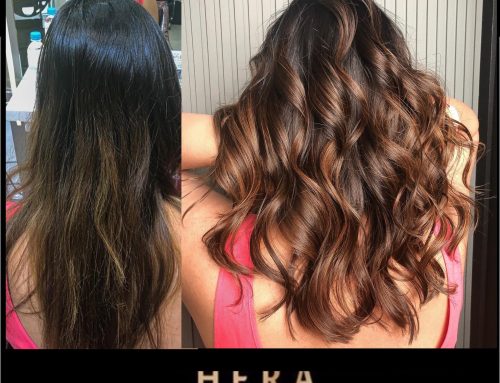
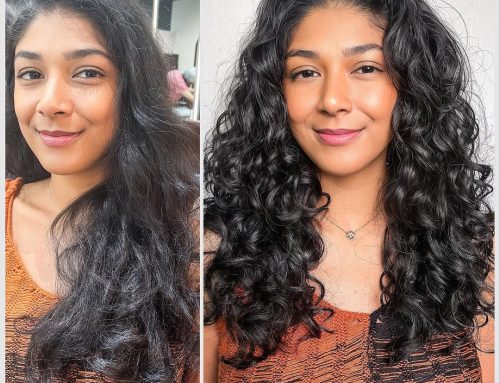
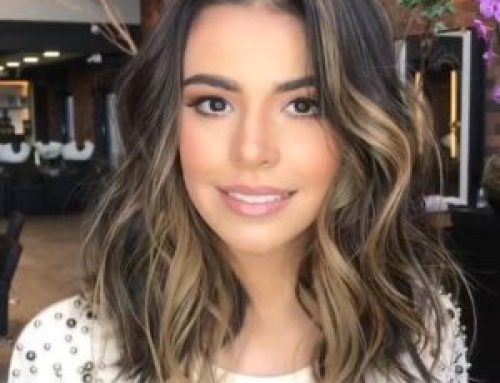
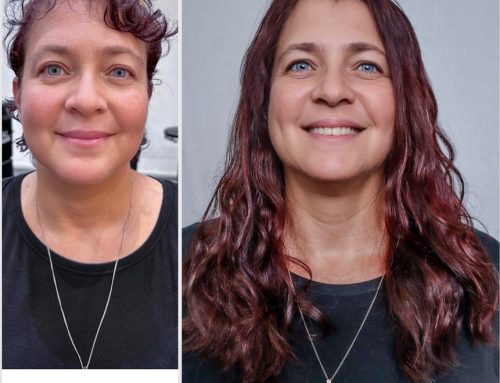
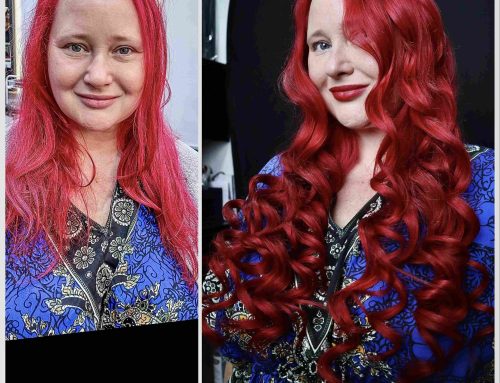
Leave A Comment